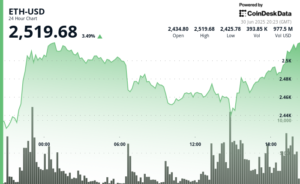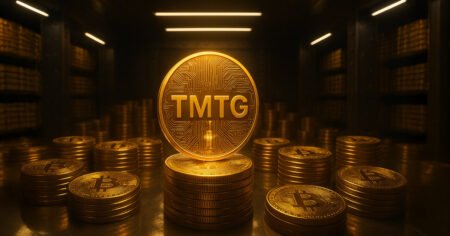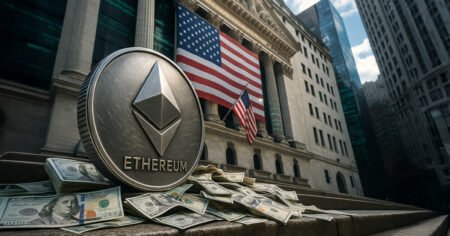The first XRP exchange-traded fund (ETF) in the US has seen a successful launch, recording a “terrific response” on its opening day, according to Teucrium CEO Sal Gilbertie. The New York Stock Exchange (NYSE) has approved listing the Teucrium 2x Long Daily XRP ETF (XXRP), which launched on April 8 and is designed to deliver twice the daily performance of XRP through swap contracts. Gilbertie described the fund as a 2x leveraged trading instrument aimed at aggressive traders who are bullish on XRP and do not have access to leverage through traditional margin accounts.
The fund’s registration initially went unnoticed, as it was the only XRP ETF to file with a ticker. The approval process began after changes in US Securities and Exchange Commission (SEC) leadership, which Gilbertie believes represents a more positive regulatory posture towards crypto. The ETF is structured for active traders with daily resets, not meant as a long-term holding vehicle. Retail investors on platforms like Robinhood can now access leveraged exposure through the ETF wrapper without the operational or regulatory requirements of a margin account.
Teucrium has filed for a potential inverse product as well, but has decided not to launch it immediately while monitoring investor appetite. The firm remains open to expanding its crypto ETF offerings to meet investor needs and maintain its strategy of providing specialized tools through regulated structures. Gilbertie emphasized that the launch of the XRP ETF followed the expiration of the mandatory effectiveness window and was successful due to procedural consistency and rule adherence under the new SEC regime.
Teucrium was one of the first firms to file for a Bitcoin (BTC) ETF but had to withdraw its application under SEC pressure. The XRP ETF currently gains exposure to the asset through swaps tied to European-listed XRP exchange-traded products. Gilbertie mentioned that Teucrium may consider alternative instruments, including futures, if they become available and are more efficient in terms of liquidity and cost. He expressed personal support for XRP, citing its utility in facilitating cross-border payments and adoption by institutions for near-instantaneous settlement.
Gilbertie believes that XRP and similar protocols will play a crucial role in providing infrastructure for faster financial settlement in capital markets. He described XRP as a tool for transactions rather than a store of value like Bitcoin, noting its regulatory compliance, distribution, and support by a team committed to compliance. Gilbertie concluded that while Bitcoin serves as a portfolio stabilizer and store of value, XRP and other networks like Ethereum (ETH) and Solana (SOL) should be evaluated as technology platforms. The launch of the XRP ETF reflects a maturing regulatory environment and growing interest in diversified crypto investment instruments.

















